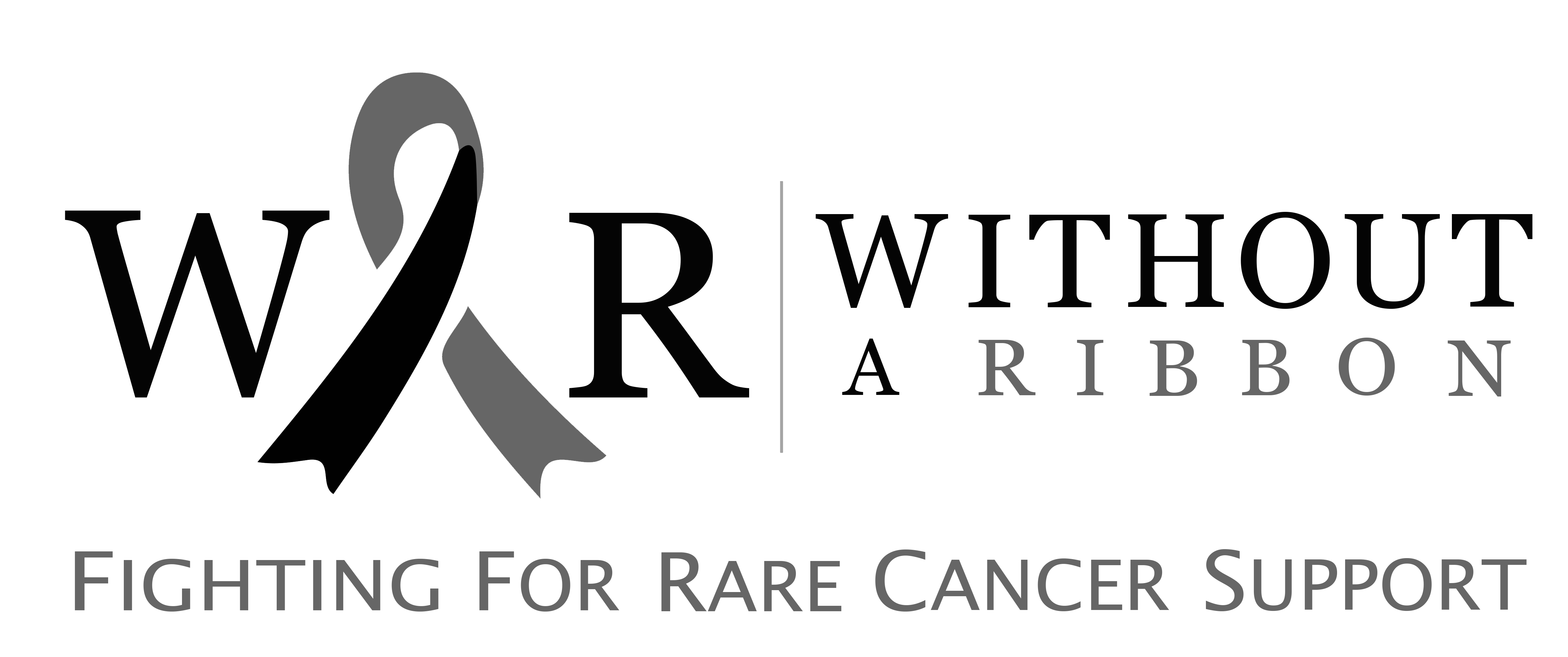What is Papillary Endometrioid Carcinoma?
Papillary endometrioid carcinoma is a tumour originating from the endometrial layer of the uterus. It has a papillary structure characterised by the presence of a fibrovascular bundle. This type of tumour is dependent on estrogen and generally has a favourable prognosis. For first and second-grade papillary endometrioid carcinoma, the 5-year survival rate is 93-94%.
Disease Causes
There is an association between increased estrogen levels and papillary endometrioid carcinoma. Conditions associated with elevated estrogen levels but not progesterone, such as polycystic ovarian syndrome, obesity, diabetes, and irregular ovulation patterns, are potential risk factors for developing this type of carcinoma
Signs and Symptoms
The patient may suffer from the following:
- Irregular ovulation patterns
- Bleeding from vagina after menopause
- Pain in the pelvic region
Diagnosis
Following diagnostic tests and procedures can be used to make the diagnosis:
- Complete blood count ( CBC)
- Serum tumour markers
- Imaging techniques like ultrasonography (USG), CT-scan, MRI, and X-Ray to detect the site, size, and extent of the tumour.
- Pelvic examination through per-speculum examination of the vagina, cervix, and ovaries. A speculum is a gynecological instrument used to visualise the vaginal wall, cervix, uterus, and ovaries to detect any abnormality.
- Elevated CA-125 levels
Treatment
Treatment for advanced high-grade papillary endometrioid carcinoma involves the complete removal of the uterus, ovaries, fallopian tubes, and pelvic and aortic lymph nodes. In metastatic cases, it is advisable to combine surgery with chemotherapy and radiation therapy.
You can help us with your donation:
Without a Ribbon is a charity that works hard to aid those who suffer from rare cancers. You can help our cause in a variety of ways:
Donations — Without a Ribbon are grateful when we receive every donation. Giving to Without a Ribbon helps us to provide ongoing support, organise the annual gathering and subsidise the costs of our Warriors attending these conferences.
Sponsorship — If you wish to sponsor our charity, please contact us using this form.
Volunteering — We are always looking for volunteers to help with different aspects of running our charity. So, if you are looking for volunteer work, please feel free to contact us.

